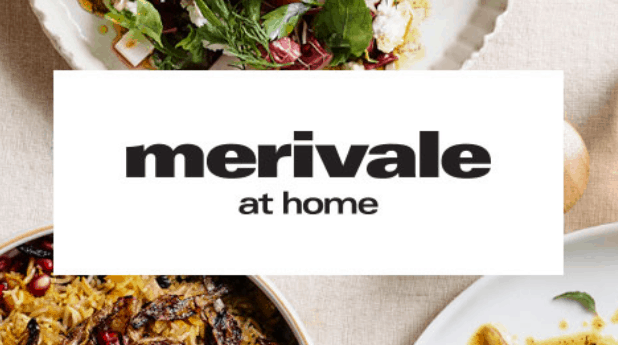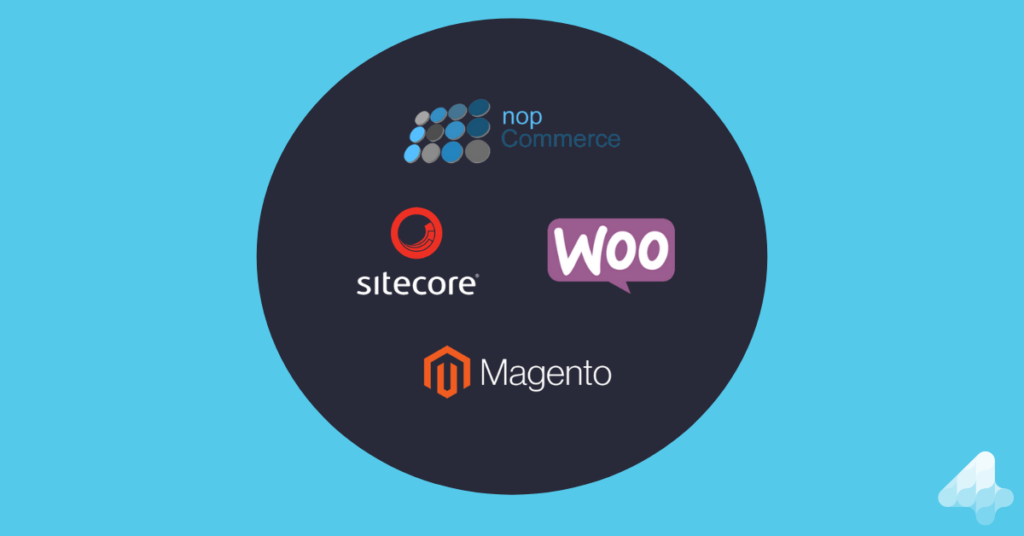The new reality of eCommerce websites
There is no denying that the COVID-19 pandemic has had a catastrophic impact on businesses in Australia, with an eCommerce website now needed more than ever before. Back in March 2020, the initial impact on Australian business was unknown, and the shutdown was predicted to last approximately six months.
We’re now six months in, and while there is positive news of a vaccine in trials, there is no real end in sight. Victoria has experienced a second wave, while NSW, if not careful, won’t be far behind. Due to the resurgence of the virus, the much anticipated AU NZ “bubble” has yet to materialize.
While some businesses have thrived during COVID, a July 2020 study by the ABS found that 42% of businesses are accessing some form of support measure. In their recent report, McKinsey predicts that the recovery to the pre-COVID business activity will take up to 5 years.
So it’s generally not good news. Businesses are increasingly under stress, and we’re in this for the long haul. So, what does the new reality look like?
Evolving eCommerce
Traditional Brick & Mortar shops will likely keep struggling or fail completely if eCommerce is not part of their business plan. We already know that foot traffic won’t soon recover to pre-COVID levels, with limits on public gatherings putting restrictions on the number of people who can be present in-store.
Merivale is an organisation that has turned to creative measures in order to survive. Knowing that home-delivery only has a limited physical reach (before the meal gets cold), they launched Merivale at Home. This alternative allows you to cook and enjoy hot Merivale-style meals, in the comfort of your own home.
Prior to COVID-19, shoppers were already transitioning to using retail to “try before you buy”, and making the purchase on cheaper online stores. Ironically COVID may eliminate this tendency; as shoppers will be wary of touching potentially infected merchandise.
With the “touch and feel” tradition being at threat (at least for the medium term), as well as the opportunity to build relationships (let alone cross-sell/upsell opportunities), retailers will need a way to differentiate themselves. This not just from other Australian retailers, but now retailers across the world.
Merging online shopping and offline worlds
As consumers have increasingly embraced online shopping, retailers will need to embrace a new way of engaging with their customers. The primary benefits are quite different.
Online is very transactional:
- Zero human interaction
- Quick selection and checkout process
- Easily switch to whatever store suits your preferences
- Instantly access the best price
Offline is very tactile:
- Interact with knowledgeable staff, ask questions and have a genuine conversation (with opportunities to cross-sell and upsell)
- Touch and feel, look at options and find the right fit
- Build relationships with customers and staff – customer loyalty
- Take the purchase home straight away
The challenge, particularly for small retailers, is to switch to a new, implicitly less personal way of doing business. They need to make this transition while still maintaining their personality and customer care.
We share some thoughts as to how this could be done.
Be where your customers are
It goes without saying that your customers will be looking for online, contactless shopping solutions. So if you do not have an online store, make it a priority. Shopify and BigCommerce are examples of self-managed solutions, which are more or less all in one solution for online storefronts. In some cases, they can also cater for in-store POS.
Once you do have an online presence, make sure that you can be found, especially when people say “… near me”. Hubspot has a good article about the importance of “near me” searches: https://blog.hubspot.com/marketing/how-to-leverage-near-me-searches
It is essential you implement the technical requirements to make this happen. Against a sea of online retailers, we are here to help if you have any questions.
Embrace your community online
Through social media and youtube, retailers have the opportunity to build the same sense of community online.
John Paul Drake, of Drake’s Supermarkets, does an amazing job of this. He’s the guy who became famous for giving the finger to a toilet paper hoarder who tried to return 4,800 rolls of toilet paper.
John Paul Drake uses his real-world experiences and transforms it into engaging content. His personality shines through and you get a real sense of how you would be treated in-store.
Instant click & collect
One of the advantages of offline shopping is that you can pick up the product instantly and take it home. Click and collect tries to bridge the online/offline gap but current implementation requires staff to take the time to pick the product off the shelf and reserve it behind the counter.
Wait times for click and collect currently range from 2 hours to half a day or more. In the age of instant gratification, the faster an item can be made available, the more of a competitive advantage you have.
If stock levels are high enough, there is no reason why click and collect couldn’t allow for instant pickups, directing the customer to the store without the product needing to be picked or reserved.
As long as the system itself can be trusted to manage stock levels. Click and collects of this nature could be automatically cancelled if stock levels fall too low to guarantee that the item will still be available by the time the customer arrives.
Dark stores
If you’ve built an online presence and have started embracing your local community online, consider how the space in the shop is being utilised.
Some retailers have products in demand at the moment, but their ability to move them is limited. Hampered by poor foot traffic, social distancing, and other COVID-19 limitations, some retailers have converted into “dark stores”. The term refers to retail outlets catering exclusively to online shopping, with spaces ranging from large purpose-built warehouses down to a dedicated section of an actual store that is used solely to fill online orders.
This phenomenon is gaining traction, as retailers, locked into multi-year leases, need to utilise the floor space.
eCommerce website help
We can work with you to devise strategies that bridge the gap between online and offline experiences.
Our team of eCommerce website developers build best-in-class eCommerce stores. We specialise in a range of technologies such as NopCommerce development, Sitecore Commerce development, WooCommerce development and Magento development.
Contact us to bounce back post-COVID with a seamless eCommerce website experience for your customers.



